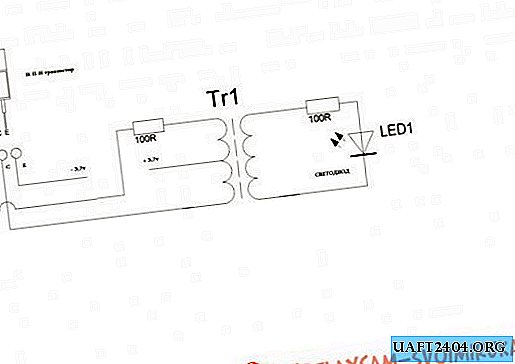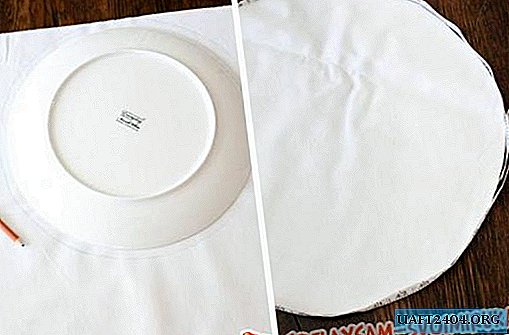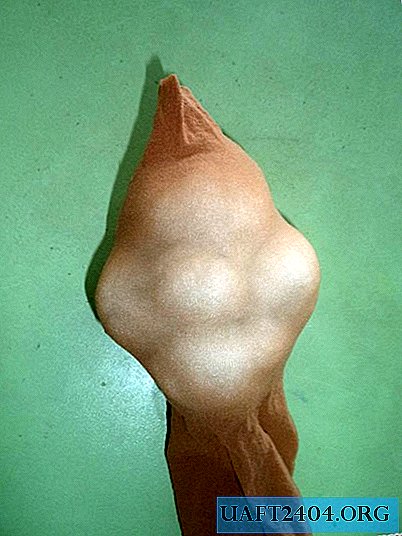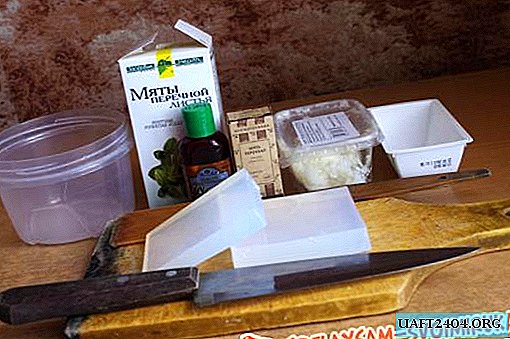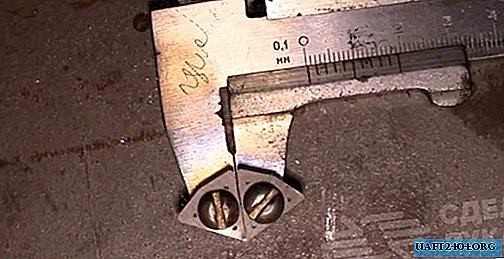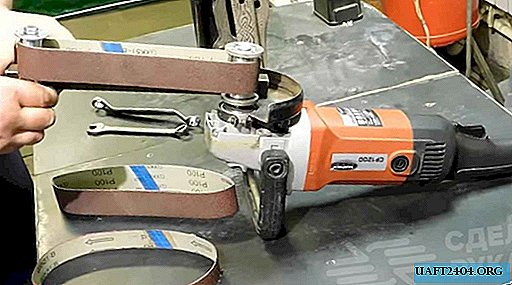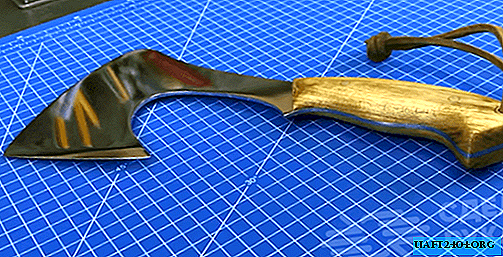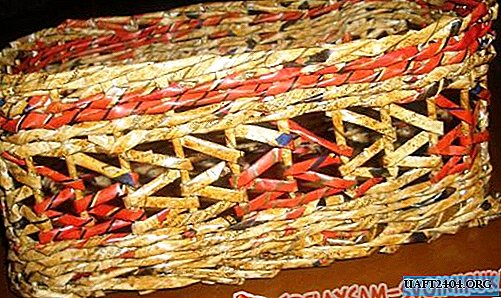Share
Pin
Tweet
Send
Share
Send
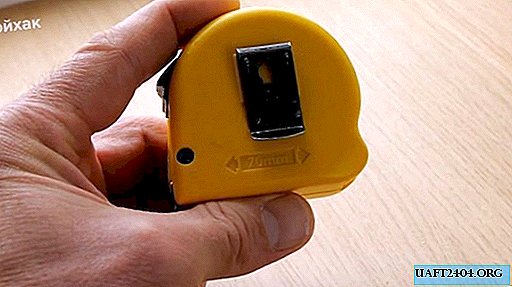
Conventional roulette can do much more than taking measurements with a retractable tape. The hidden abilities of the well-known instrument will be discussed in this article. Let's start with the simplest things.
Hook at the end of the belt
In the beginner's opinion, the presence of a hook at the end of the tape that is not rigidly fixed will adversely affect the measurement result. It seems that due to the movement of the metal corner attached to the edge of the tape, it is not possible to accurately measure the distance. In fact, a hook in the work is necessary.
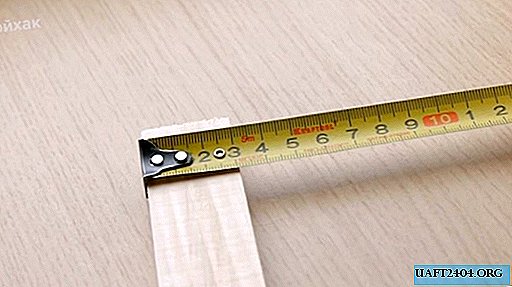
It's all about how to measure with a tape measure. They can be made from an object, then the hook is pressed to the tape and will act as a zero point. Or with the capture of an object in which the hook at the end of the tape extends. This allows you to combine the zero mark with the edge of the subject. It is for this reason that the ruler with the hook performs measurements accurately.
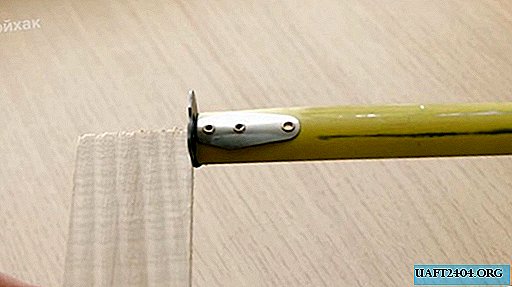
We measure openings and corners
The problem with measuring roulette angles and openings arises from the fact that the tape is quite difficult to do for sure. The solution is very simple - on the case of each roulette its size is indicated. Therefore, we consider the case as part of the roulette and measure with it. To the obtained indicator on the tape, then add the length of the body and get the exact result.
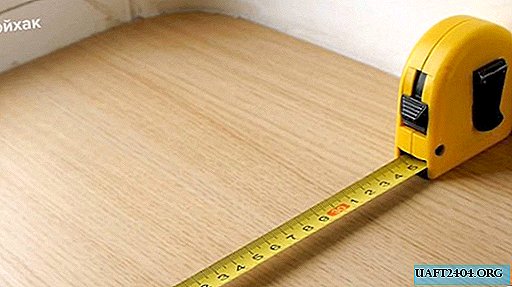

Using masking tape
A piece of masking tape is glued to the surface of the item. Then do measurements in opposite directions, applying the appropriate marks. The results obtained are added up.
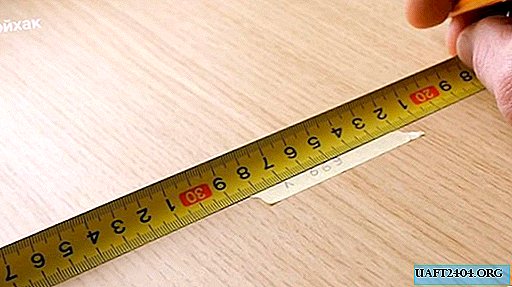
Note: we recommend putting checkmarks on the masking tape, rather than dashes, as is usually done. It is the checkmark that will precisely indicate the desired point on the masking tape. But putting dashes, it's easy to miss.
The unusual use of roulette
Roulette will help you to correctly and quickly divide any number in half. For example, the width of the object when measuring was 117.5 cm. It is enough to combine the edge of the tape (zero mark) with this number, and at the bend you will find the answer.
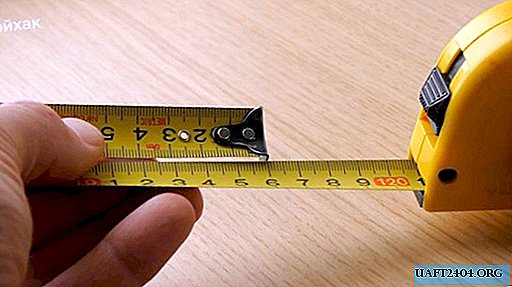
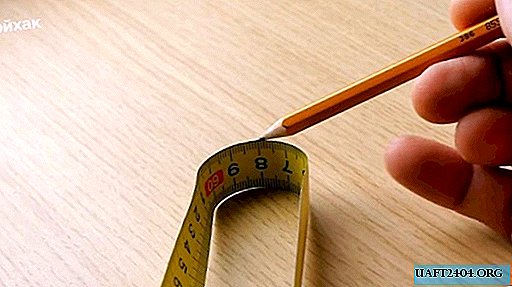
Use of a hole on a moving hitch
An oval-shaped hole is made at the end of the moving hook. Use it so that the screw or nail in the measurements are caught on it. Roulette will not slip anywhere. This is very convenient if you need to measure long distances. In such cases, the error will practically not matter, because it will not exceed 1-2 mm. After all, the center of the screw, for which you hooked the tape measure, practically coincides with the zero mark.
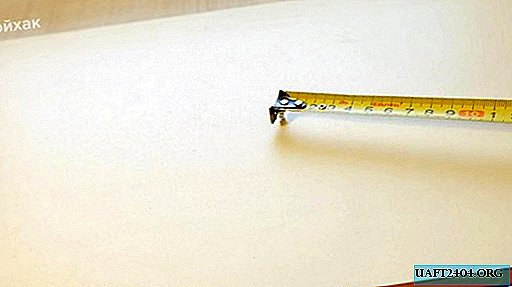
We upgrade the design of roulette
With a little modernization of the roulette wheel you get a great markup tool. Options for refinement depend on the tasks you are solving. For example, attach a part of the compass to the case with a small screw. With the help of such a device, marks will be applied very conveniently. Roulette thus modernized can be used as a thicknesser. Having caught on a screw screwed in with a hook, a tape measure can draw circles.
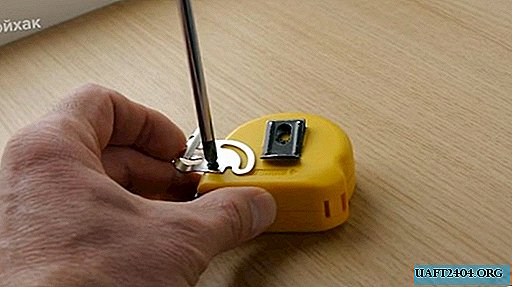
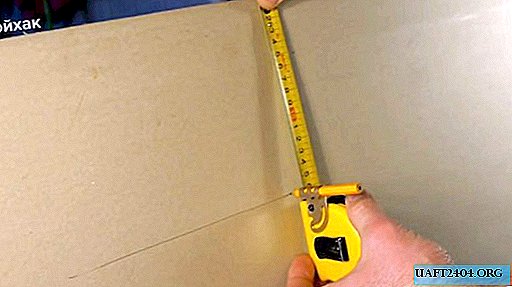
Note: come up with your own version of roulette refinement. The option can be either removable or stationary. In some cases, it is advisable to modify a separate roulette.
Roulette Case Entries
To create a convenient recording surface, just stick a piece of masking tape onto the body. Another option is to treat the case with zero sandpaper so as to obtain a slightly rough surface. On it you can very easily make notes. An ordinary eraser will then easily delete these entries.
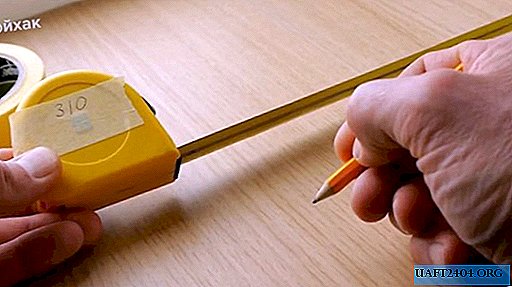
Notches on the moving hitch
This method is useful to those who work with drywall or other materials on the surface of which it is easy to make scratches, marks. Take a file and make a notch on the hook. This will turn the tape measure into a tool capable of marking without the use of a pencil.
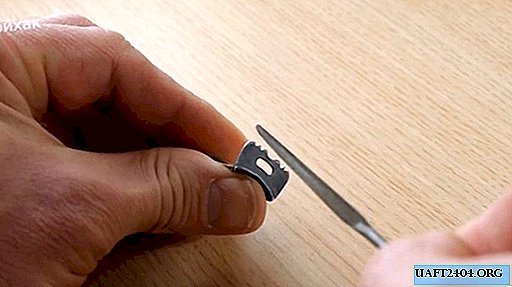
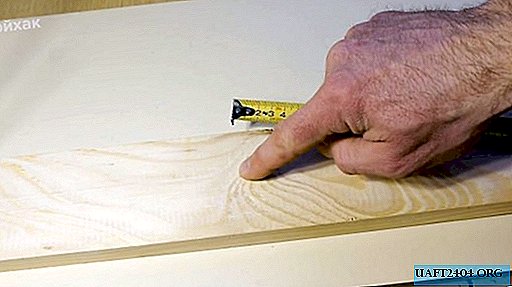
How to quickly split a workpiece into parts
Usually, measurements are made for this and then calculations are performed. But you can do without math. In order to divide an object (workpiece) into three equal parts, a multiple of 3 is taken. This number must necessarily be greater than the width of the workpiece. Having placed the tape measure diagonally, the necessary marks are applied to the workpiece.
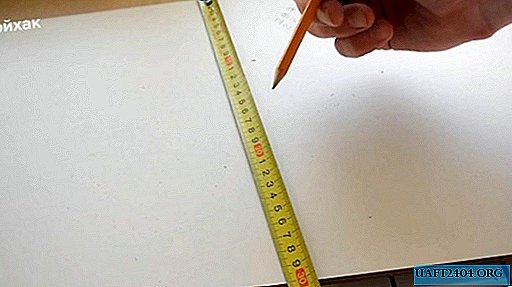
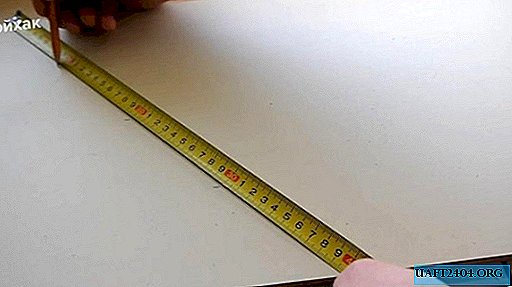
Tip: choose a round number, which without any calculations is easy to divide into the required parts.
It is also easy to mark 4 or more parts of an item. Take the number 400 and make marks after 100 mm. They will exactly match the marks that were applied after the calculations. Check and make sure.
Share
Pin
Tweet
Send
Share
Send

